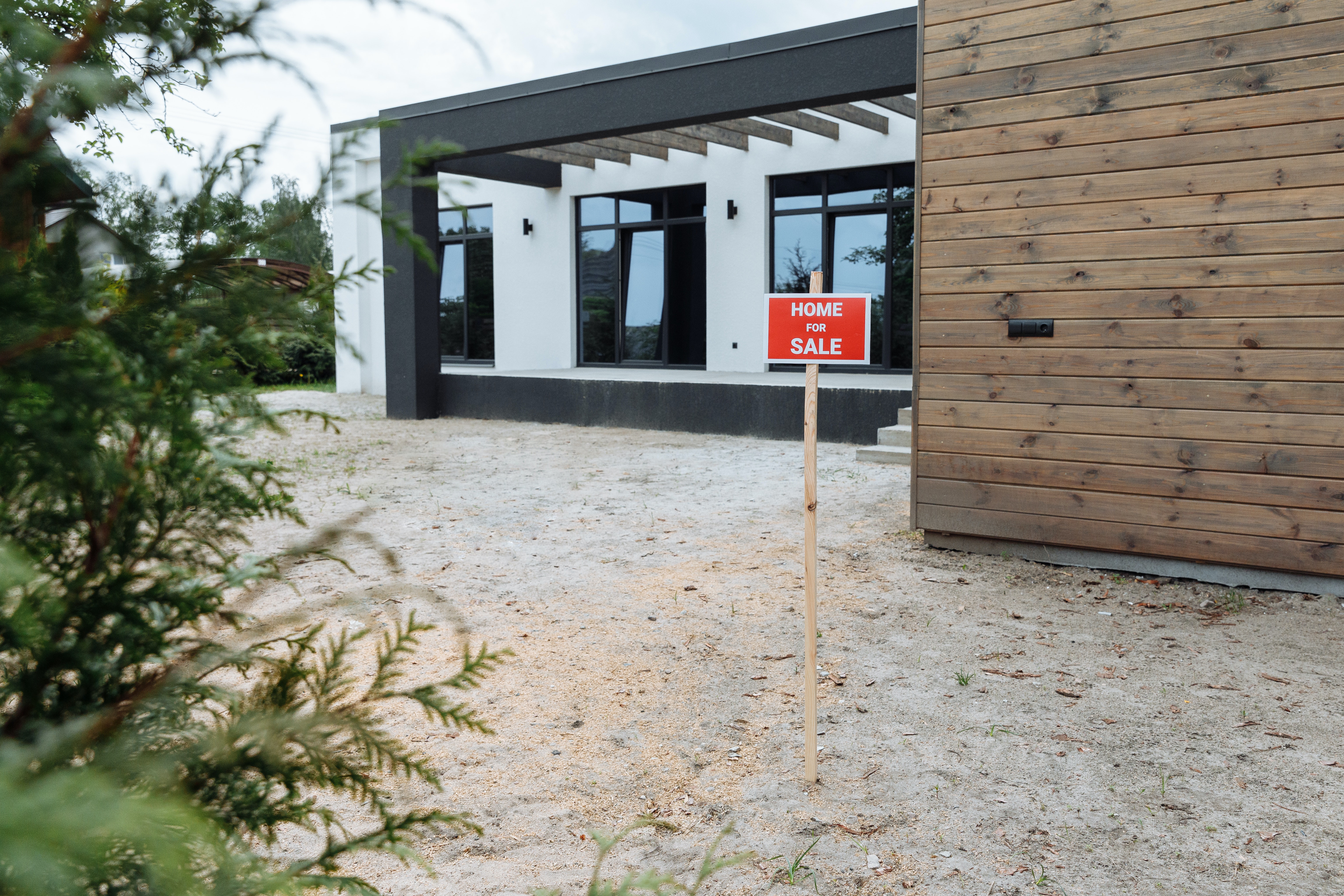Why Do I Need Flood Insurance?

“Why do I need flood insurance?” The short answer is — you may not need it, but it’s almost always wise to consider it.
The main reason most people end up getting flood insurance is because their mortgage lender requires it. Why will a mortgage lender require it? To protect the collateral for the loan — i.e. the property.
If a house is severely damaged by floodwater and there’s no insurance to cover it, it may suffer a catastrophic loss of resale value and require tens of thousands, even hundreds of thousands of dollars to repair.
For the homeowner, the most financially sound move may be to walk away from the property and let the lender take back the house. So what does the lender get? A flooded-out house that they can’t give away without sinking a fortune into rehab.
No lender wants to get stuck in that position — it would be a huge financial loss. So if they think a house is at high risk of flood damage, they will require that the homeowner carry the extra insurance so they don’t get stuck with a worthless, flooded-out house on their balance sheet.
But I Already Have Homeowners Insurance … Does Homeowner’s Insurance Cover Flood Damage?
Usually no — at least, not entirely.
Homeowner’s insurance is very specific about the kind of damage it covers. If water enters your home from above — i.e. a rainstorm and a leaky roof — your homeowner’s policy will probably cover it.
But if water enters your home from the ground up, most homeowner’s policies do not cover it. This includes flooding caused by improper grading and drainage, rivers and lakes that overflow their banks, overfilled sewers and drains, even clogged or misaligned rain gutters. Only flood insurance will protect the homeowner against this kind of damage.
Does Every Lender Require Flood Insurance for Every Home?
No, not necessarily. A lender may only require a homeowner to get flood insurance if the lender deems the property to be at an unacceptable risk of flooding over the life of the loan. To determine the risk of flooding, most lenders depend on flood maps compiled by the Federal Emergency Management Administration (FEMA) and made available to the public.
FEMA flood maps specify parcels of land throughout the US as low-risk for flooding, or various levels of high risk of flooding. High-risk flood zones are sometimes known as “floodplains” and are assigned a number of years during which the plain might be expected to flood.
A 100-year flood plain indicates the parcel is likely to flood once every 100 years. A 20-year flood plain, on the other hand, indicates the parcel is likely to flood once every 20 years — a figure of keen interest to a lender writing a 30-year loan.
Take note — FEMA flood maps are not infallible. According to the New York Times, during the heavy storms that hit Central Tennessee in August 2021, at least two FEMA flood maps were found to be out of date, not updated according to the schedule required by law.
Many homeowners who didn’t have flood insurance because their lender didn’t require it, or they misjudged the risk or consequences of flooding, suffered catastrophic financial loss — as did any lenders who wound up stuck with the deed after the homeowners walked.
Because of that possibility, your lender might require an independent flood certification to get an accurate, up-to-date assessment of the property’s flood risk to include in their underwriting.
Do I Need Flood Insurance if my Lender Doesn’t Require It?
If your lender does not require flood insurance, that means you don’t need flood insurance to close the deal. The lender will execute the loan, wire the money, and you get the keys. But that doesn’t mean you shouldn’t at least consider it.
Yes, it’s an extra expense at a time when many household budgets are stretched thin … but compare that to the financial consequences of $10,000, $100,000 or more in damage remediation with no insurance to cover it.
Remember those out-of-date flood maps in Tennessee — over 700 homes were completely destroyed according to the Tennessean.
Even if your lender doesn’t require it, consider getting an independent flood risk assessment. It may be worth it, if only for the peace of mind.
Flooding is the most common natural disaster in the US that affects homeowners, and it can happen anywhere — even in places where a FEMA flood map deems it unlikely. If it happens to you, you will thank yourself if you went for the extra insurance.
How Much Does Flood Insurance Cost?
We wrote an entire blog on this very topic, which can be found here: https://www.snapnhd.com/blog/how-much-does-flood-insurance-cost
Flood insurance costs an average of $738 per year for homes outside of FEMA-designated high-risk flood plains; $1,167 per year inside a flood plain. As with any insurance product, though, the amount of coverage matters.
If you are in a low-risk area, it might make sense to sign on for a lower premium in exchange for a high deductible. Yes, it will hurt if you have to shell out $25,000 for flood repairs … but it’s better than $100,000, and if it is unlikely to happen, you can save some money.
Flood insurance also includes separate maximum allowances for damage to the structure of the house and damage to personal property. If you buy public insurance from the National Flood Insurance Program (NFIP) you are limited to $250,000 in coverage for the structure, $100,000 for personal property.
If you need more coverage, private insurance plans are available. Even if you don’t need more than the NFIP limits, you might as well check out private plans too — you might find a better deal.
——————————————————————————————
Considering flood insurance is not the most fun part of homeownership. But if your lender requires it, you don’t have much of a choice—and in the event of a flood, that insurance could save you a fortune in unforeseen expenses.
Even if your lender doesn’t require it, consider the risks of catastrophic flood damage and, if necessary, get an independent assessment. You worked hard for your home — don’t let the story of you and that home end in financial tragedy because of a little H2O.
If you are curious about other potential natural hazards for your current or new home, our comprehensive Natural Hazard Reports are a great option. At SnapNHD, we have some of the best pricing and leverage robust technology to deliver high quality natural hazard reports. Our premium report includes hazard disclosures, tax information, notices, and important maps.

